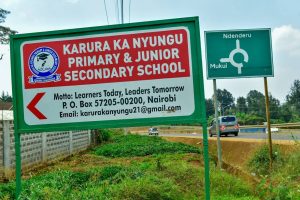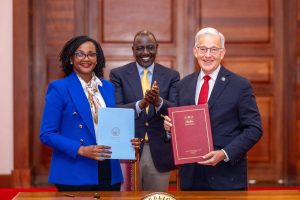Building a Sustainable Ecology for Konza Technopolis Through Partnership
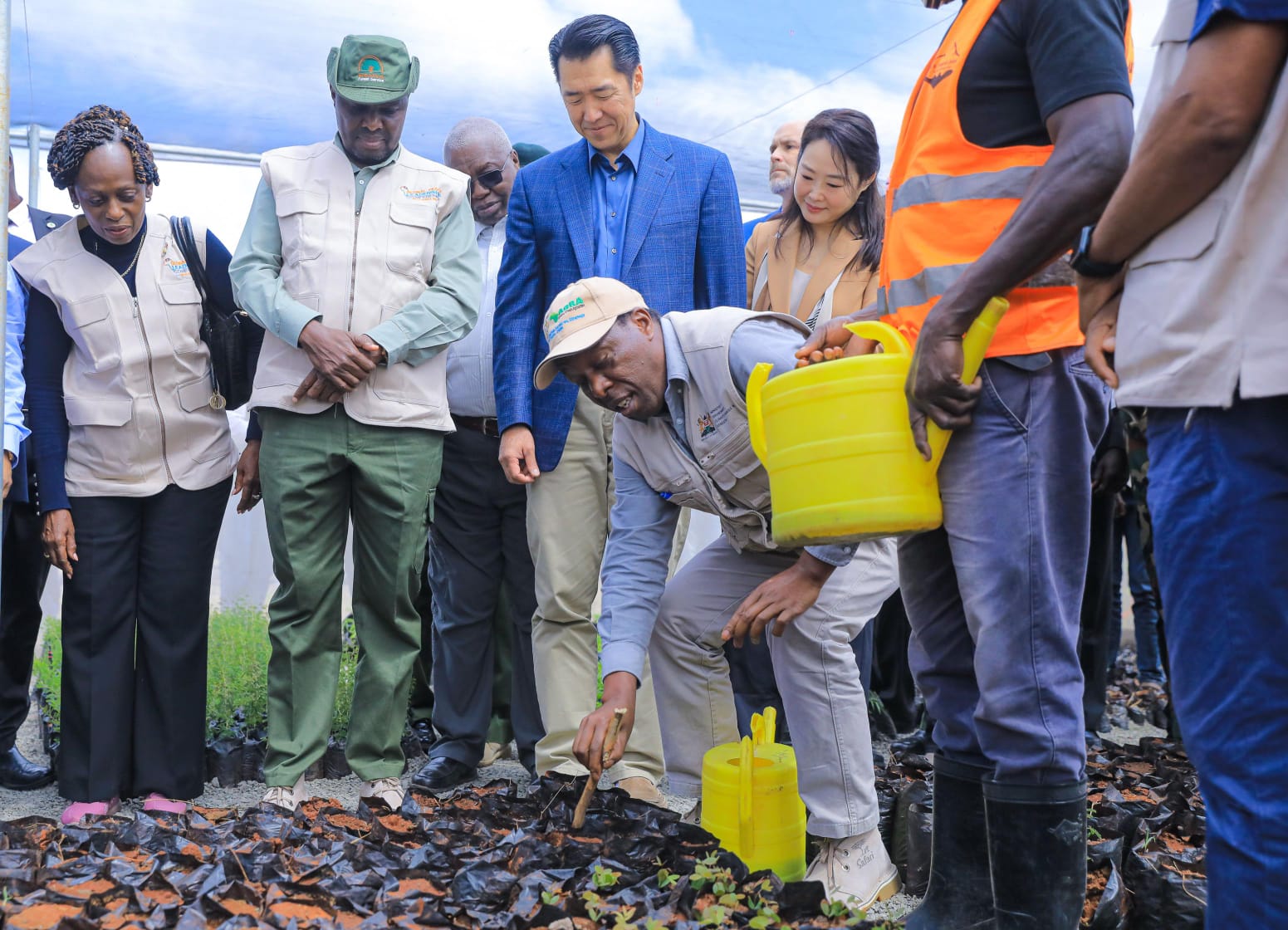
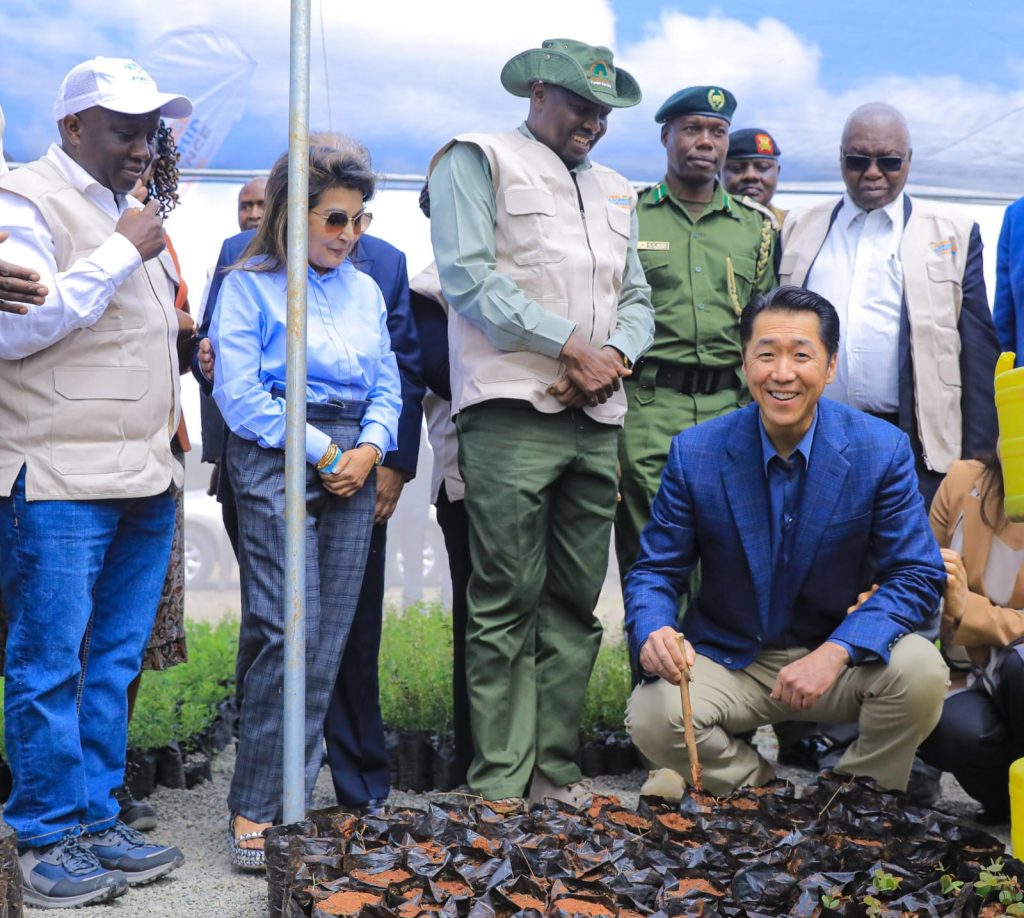
In a remarkable demonstration of environmental stewardship and community involvement in conservation, over 1,000 participants, including hundreds of primary and high school students, planted 30,000 seedlings at Konza Technopolis in Machakos County in June as part of the Greening Konza Initiative.
Emphasizing the significance of partnerships and collective action, the initiative is part of a broader effort to create a sustainable ecological future at the technology city, which is still under construction. As one of the highlights of the recently held Global Peace Leadership Conference (GPLC) in Kenya from June 25th to 28th, 2024, the effort symbolized a commitment to an African renaissance through environmental stewardship for peace and sustainable development.
“Kenyans and Africans, in general, are encouraged to invest in the green transition as part of the continent’s renewal and renaissance story. The ecological future of Africa depends on the active participation and commitment of its people to sustainable practices and environmental conservation,” said Daniel Juma, Executive Director of the Global Peace Foundation and organizers of the GPLC.
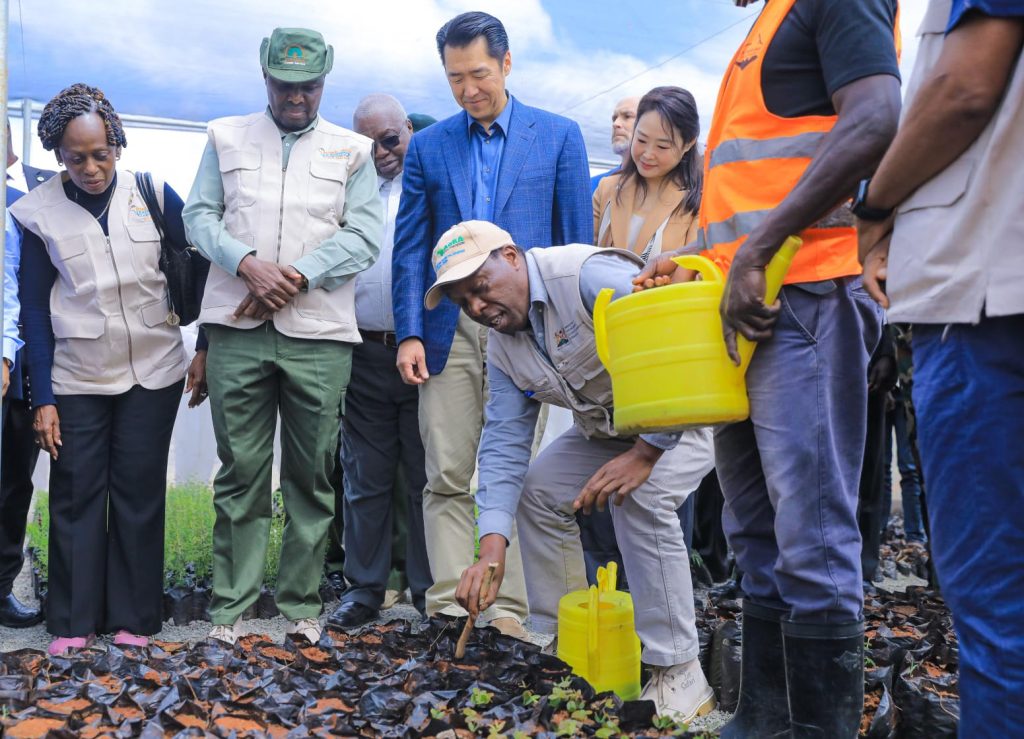
Konza City, often referred to as Africa’s Silicon Savannah, has dedicated 1,200 acres for parks, green, and open spaces. This allocation underscores the city’s commitment to creating a balance between technological advancement and environmental sustainability. These green spaces are envisioned to be the lungs of the city, providing much-needed respite and contributing to the overall ecological health of the largely semi-arid region.
According to Gitonga Mugambi, Principal Secretary of the State Department of Forestry, the greening Konza initiative represents an ambitious plan for improving the paltry 2.5 percent tree cover in Machakos County.
“Each tree that we grow at Konza Technopolis symbolizes hope, growth, and the promise of a better tomorrow. Our objective is to help grow the national tree cover to 30 percent by the year 2032. For Machakos County, this means we need to grow an average of 290 million trees in the next ten years or 29 million trees annually,” said Mugambi.
Since January 2024, the county has grown 2 million trees, with more contributions needed to bridge the 27 million tree gap to fulfill this year’s target. In an ambitious program that represents a microcosm of a larger movement towards a sustainable future for Kenya and Africa, Konza City has roped in partners to help in building this sustainable ecology.
The greening Konza initiative is heralded by the Chandaria Foundation in partnership with Mama Doing Good, who have committed to growing 45 million trees at Konza in support of the Government of Kenya’s (GOK) target of planting 15 billion trees by 2030.
Others who have come on board include Dr. Manish Shah of the Earth-keepers Foundation, which has donated 50,000 bamboo tree seedlings. Bamboo, known for its rapid growth, is particularly suited for arid lands with the potential of generating up to two or three seedlings from each tree annually. The Earth-keepers Foundation has set an ambitious goal of planting 2 million trees at Konza as part of its campaign to plant 1 billion trees across Kenya by the year 2030.
Rotary International, which has been allocated 17 acres at Konza, has committed to planting 500 million trees by 2030, working in partnership with the Global Peace Foundation and the Chandaria Foundation, in addition to iChooseLife, which has pledged to plant 1 million trees.
With tree planting becoming a growing enterprise, a pilot partnership between Konza City and the University of Nairobi aims to establish ethno-botanical gardens that will leverage African indigenous knowledge and modern technology in the extraction of natural and essential oils for use in medicine, treatments, and food, as well as value addition for commercialization. This initiative highlights the potential for botanical resources to contribute to economic development and healthcare improvements.
Through these collective efforts and strategic partnerships, the vision of a green, sustainable, and thriving ecology at Konza City can be realized. However, it is noteworthy that only about 60% of tree seedlings survive, primarily due to a lack of care and challenges posed by wildlife and human interference.
“Reducing these losses is crucial for ensuring the long-term success of reforestation initiatives. Effective strategies must be developed and implemented to enhance seedling survival rates, such as better irrigation methods, protective measures against wildlife, and community education on tree care,” said Dr. Josephine Ojiambo.


